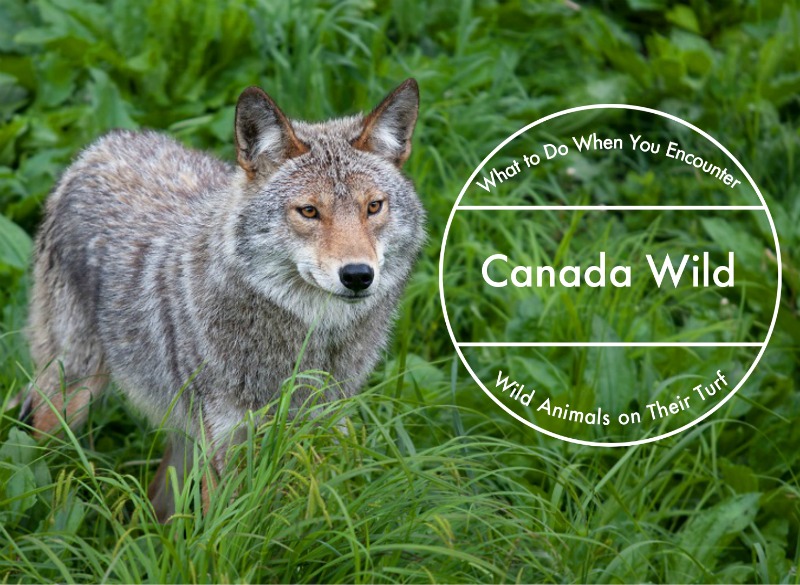Canada has 39 National Parks and eight National Park Reserves encompassing prairies, coastlines, forests and frozen peaks, only a small fraction of Canada’s immense 10 million square kilometre landmass. The unending supply of places to camp, hike and adventure in Canada means there is a good chance you will be near Canada’s impressive wildlife.
Before you lace up your hiking boots or unroll your tent, get schooled on Canada’s wild side. Here is what you should do if you encounter dangerous wild animals on your adventures.
Wolves
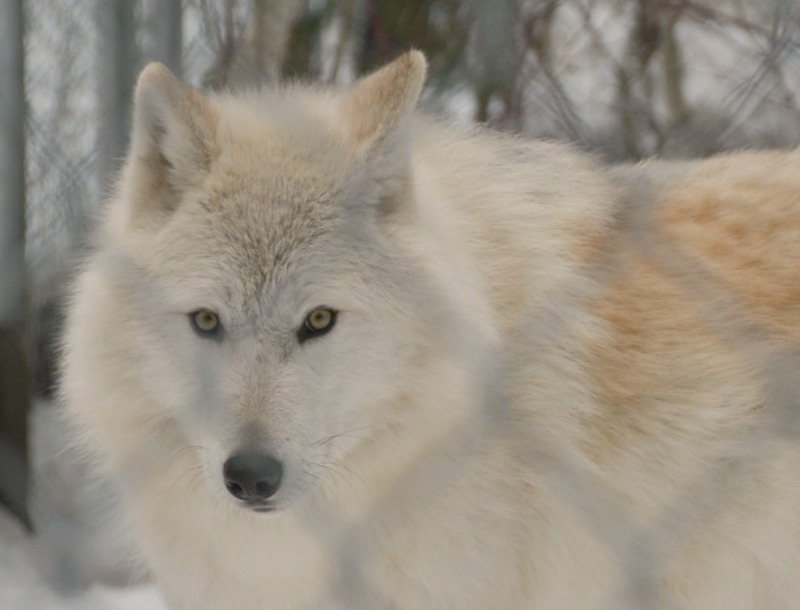
Photo courtesy Northern Lights Wolf Centre
The largest of the dog family, Eastern and Arctic wolves call Canada home. With prey that can usually outrun them (mice, foxes and hares), they hunt in packs of three to seven, taking turns chasing the prey they stalk.
Like many of Canada’s predatory species, wolves tend to avoid humans. Being intelligent and having excellent hearing, wolves are aware of your approach and will give you a wide berth. They only pose a threat to injured or otherwise weak humans, which can include children. If you come across a wolf, stand your ground and do not run or turn your back. Raise your arms to make yourself look larger and maintain eye contact. If the hair on their back rises, indicating aggression, start yelling and throwing things in their direction. If you lose your footing or fall the wolves will swarm you, so use clubs, rocks or anything you can to fend off an attack. When travelling with a pet, keep yourself between the wolf and your pet to help end the encounter.
Bears
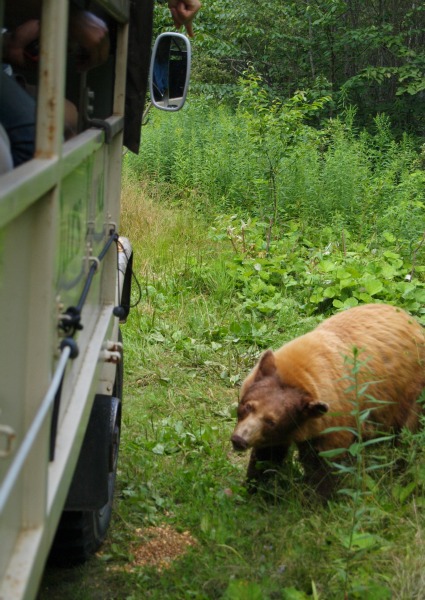
A curious bear in Montebello Quebec
Black & Brown Bears
Black bears are the most common bears you will encounter and the smartest of the three bear species found in North America. Black bears want your food. Ensure that your food and garbage are beyond the reach of animals. When leaving, collect and dispose of your garbage in proper locations. This small step can go a long way to dissuading bears coming into your area.
Brown bears, also known as grizzly bears are some of the largest and most powerful bears. They want to be left alone and may be upset you are in their area, but it’s unlikely they will to eat you. Make an effort not to startle one if you are in brown bear territory. Bear spray, when used properly, is helpful in dissuading them from attacking.
Bear attacks are rare but do happen. When hiking to your campsite, it’s a good idea to travel in groups and make noise giving the bear a chance to leave the area so it doesn’t feel crowded. Since bears are very protective of their young if you know is a cub in the area, change locations immediately. Never, ever get between a bear and her cubs.
If the bear sees you before you can leave do not approach them, even if they seem calm and peaceful. Also, do not run. If you do, you will look like prey and it will follow you out of instinct. You can’t outrun them either, bears can get a speed of 30 mph. Stand your ground or back away slowly from the bear while trying to look larger, yelling, waving your arms and big exaggerated movements. If a bear charges, it is likely a bluff. DO NOT RUN! They will often come within a few feet then veer off at the last second.
Polar Bears
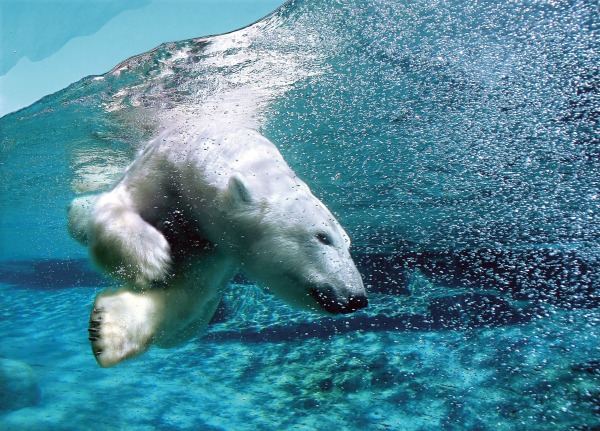
Photo Credit SHUTTERSTOCK Sepaq
If you are in the northernmost region of Canada you may come across a polar bear. This rare encounter is usually the result of the bear looking for food, and they consider humans food. The same rules apply: Don’t run. You can’t outrun them. They live in water, so you won’t outswim them either.
If a polar bear is agitated it will make loud huffing noises and snap its jaws. If they charge it will NOT be a bluff. Try to calmly leave the area or get inside a building, but do not turn your back and do not make eye contact. Making noise may drive them away. If all else fails use whatever deterrent or weapon available.
Snakes
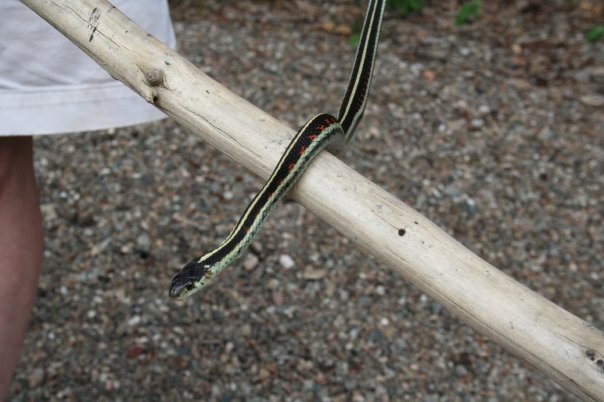
You might think there aren’t poisonous snakes in Canada, but you would be wrong. In Canada, there are around 35 species of snakes, of which 26 are native. Of those, four are venomous and found in Alberta, Saskatchewan, British Columbia and Ontario. The most dangerous snake, the Prairie Rattlesnake is found in Saskatchewan and Alberta.
Don’t get nervous, there are less than a dozen snakebites reported in Canada a year.
Most snakes are neither dangerous or poisonous. 80% of bites occur when people stick their hand or foot into places snakes hang out like holes, under rocks or in bushes. If you see one following you, stomp your feet. The vibrations will confuse the snake and it will leave. If you are bitten, do not attempt to suck the poison out – that only works on TV. Wash the bite, apply a tourniquet and get to a medical professional.
Cougar (a.k.a. Mountain Lion)
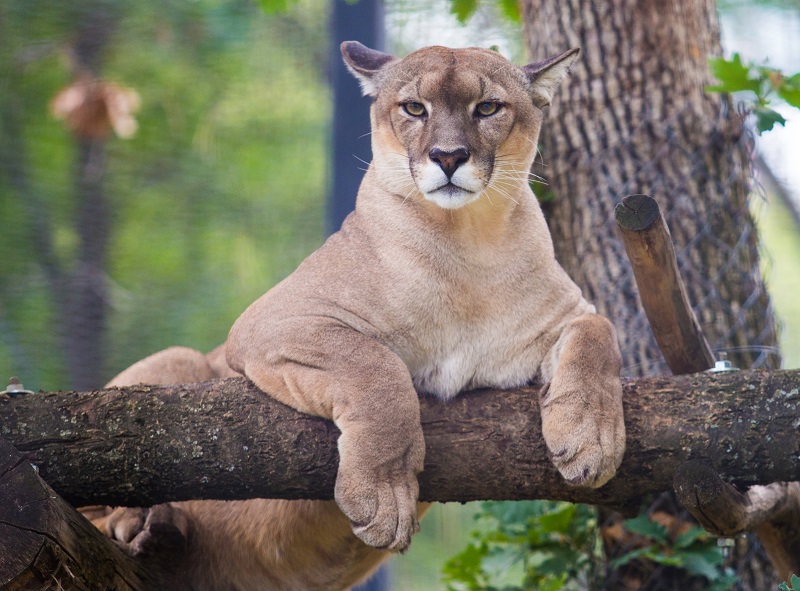
Canada Wild: What to Do When You Encounter Wild Animals on Their Turf – Cougar/Mountain Lion
Cougars, Canada’s largest wild cat, have healthy populations in Alberta and British Columbia. They hunt throughout the day or night all year round but are more active at dusk or dawn. Due to their small size and erratic movements similar to small prey, children are susceptible to cougar attacks, as are adults crouched, sitting or kneeling.
Fortunately, attacks average only 6 per year in North America. If you ever find yourself face-to-face with one of Canada’s most dangerous felines, do not run, as any sudden movement will spark the attack instinct. Back away slowly looking them in the eye and never turn your back on them.
Raise your voice and speak firmly, raise your arms, throw rocks in their direction (not hitting them) to convince them you are a threat, not prey. Also allow them an avenue of escape so they don’t feel trapped and attack. Playing dead is not a suggested strategy. If the cat attacks, fight back and don’t stop; people have successfully fought off cougars with rocks and sticks. Stay on your feet, or if you fall get back up as quickly as possible. If you have pepper spray or a large stick, use it or anything you can as a weapon to protect yourself.
Moose and Elk
![Newfoundland is famous for its robust moose population By Ryan Hagerty [Public domain], via Wikimedia Commons](https://www.familyfuncanada.com/wp-content/uploads/2018/04/Newfoundland-is-famous-for-its-robust-moose-population-By-Ryan-Hagerty-Public-domain-via-Wikimedia-Commons.jpg)
Photo By Ryan Hagerty [Public domain], via Wikimedia Commons
If you come across a moose keep a wide berth and make a hasty exit. Moose are used to being the largest animals and will stand their ground. When going to attack, they may give a “bluff” charge as a warning sign with their ears laid back and their long back hairs raised. It will stomp the ground and swing its head in your direction. If this happens, back away and look for something—a car or tree—to put between you and the moose, especially it’s antlers.
Elk are smaller than moose but still grow to half a ton. Plentiful in Canada’s wilderness, people are used to their presence and forget elk can be dangerous.
Many of the same rules of moose apply to elk. Always keep a safe distance, never approach a baby calf, even if you think it’s alone, the mother is likely close and you don’t want to come between a calf and its mother. If you come across an elk, do not turn your back on the animal since they almost always charge from behind. Raise your arms and use your jacket or backpack to make yourself appear larger. If you have a dog with you, turn it loose on the animal, and that may distract them enough that you can escape or climb a tree.
Coyote
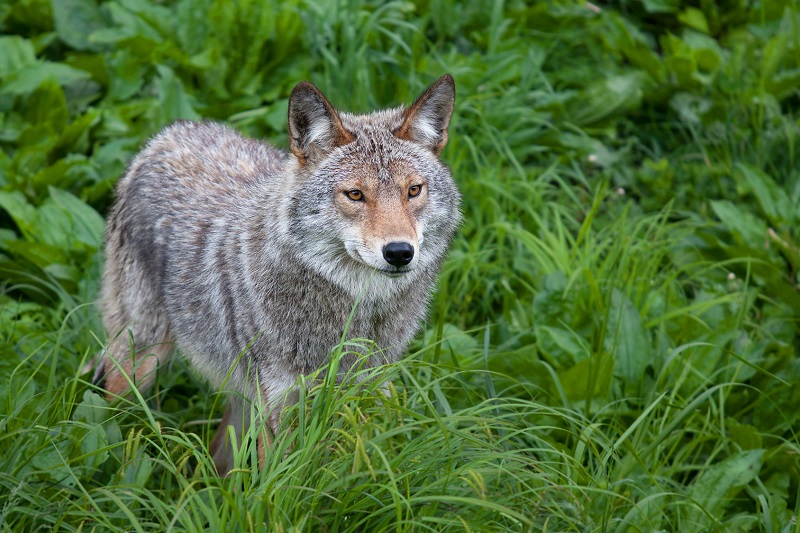
Canada Wild: What to Do When You Encounter Wild Animals on Their Turf – Coyote
Coyotes are found across Canada in both country and urban areas, and they are not scared of humans. Although there is some danger to small children, they pose more of a threat to dogs. If you see them showing interest in your dog they are likely just curious, but remember in packs coyotes can pose a threat to large dogs, so keep your dog on a leash or inside if possible.
If you do come across a coyote, don’t run. Stand your ground and try to scare them off by yelling (not screaming), waving your arms and throwing things in their direction, but not at them.

